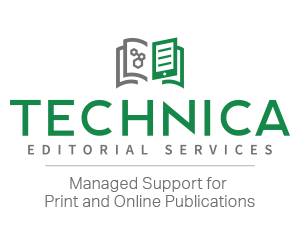Open access has been one of the biggest talking points in the publishing industry for the last decade—and it’s not hard to see why. Open access articles seem to be viewed more often than articles available behind subscription paywalls. In fact, the Wellcome Trust reports that open access articles are downloaded 89 percent more than articles in subscription services. Researchers also argue that open access tends to promote wider collaboration on a global scale, with the Human Genome Project cited as an example of an international collaboration made possible only through open data. The Right to Research Coalition states that “Open Access seeks to return scholarly publishing to its original purpose: to spread knowledge and allow that knowledge to be built upon.” Many journal societies have since banked on the continued success of open access as the future.
So with all of this talk about the large-scale benefits and inevitable dominance of open access, the recent news about PLOS ONE may come as a bit of a surprise. PLOS ONE, the world’s largest, open-access scholarly journal, saw their output fall to 22,054 published articles in 2016, which is the journal’s lowest total since 2012—down almost 30 percent from 2013 and 22 percent from 2015. This decline may be particularly worrisome for PLOS ONE’s publisher, the Public Library of Science (PLOS), which achieves the majority of its funding through publication fees. The drop could be partly attributed to the fact that PLOS ONE raised article processing fees by $145 in 2015, a move that was decried by some Open Access proponents. The price increase was seen by many as unnecessary and simply a way for PLOS to subsidize its other, more selective journals.
Despite this downturn in the number of submissions, many experts argue that PLOS ONE’s standing is far from peril. The journal’s submission numbers still greatly outpace most journal societies. The number of open access journals has also increased steadily since 2006, when PLOS ONE was launched, so the decline arguably stems more from increased competition than anything else. For example, Scientific Reports, launched by Springer Nature six years ago, has proved stiff competition for PLOS ONE. Last year, Scientific Reports nearly doubled its number of submissions and saw its journal impact factor rise (as opposed to PLOS ONE’s, whose declined in 2016).
In its defense, PLOS acknowledges its current submission turmoil but sees it mostly as a natural part of the growth, not decline, of the open access market. The co-founder of PLOS, Michael B. Eisen, addressed the company’s need for an increase in their processing fee as well as the growing competition in a 2016 blog post, stating: “This industry is changing rapidly, with the number of papers going to open-access journals growing, but many new open-access publishers entering the market… The only way to survive in this market is to have a decent amount of money in the bank to buffer against the unpredictable.”
Open access journals seem to be here to stay, with more journal societies always looking to enter the open access fold. Yet, in spite of the open access model’s popularity, they are still subject to the same market ebbs and flows as journals in the subscription model. The scientific journal market is ever-changing and I, for one, am interested to see how things take shape over the next few years.




